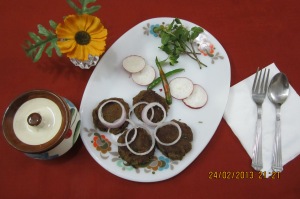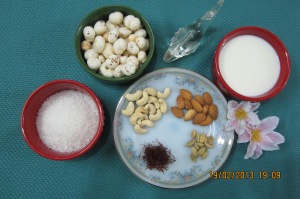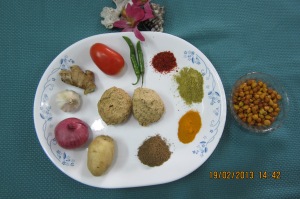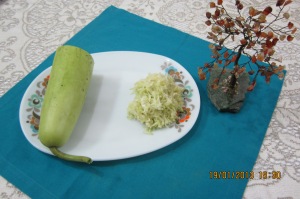Just as Gajar ka Halwa is the king of halwas in winter, Bhutte ka Halwa is the king of halwas in the rainy season.
Ingredeints
Fresh soft Bhutta dana 2 cups
Khoya 1 cup
Milk
Sugar
Cashew nuts
Almonds
Resins
Green Elaichi
Ghee
Preparation
- Grind the bhutta dana. Let the paste remain a little granular.
- Pour ghee in a Kadahi and stir fry (bhuno) the bhutta paste till it acquires a slightly yellowish tinge.
- Add Khoya and 1/4 cup of milk and mix till it becomes smooth.
- Cook till the paste changes colour and become a little brownish.
- Add sugar and cook till the sugar melts
- Add dry fruits ( need not be chopped).
- Remove from fire.
- Add elaichi powder and mix.
Please adjust quantities to taste.
The halwa is ready to serve. It should preferably be eaten warm




















